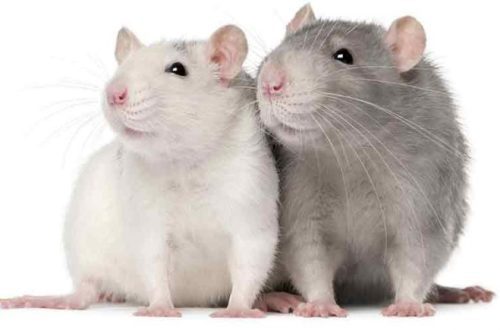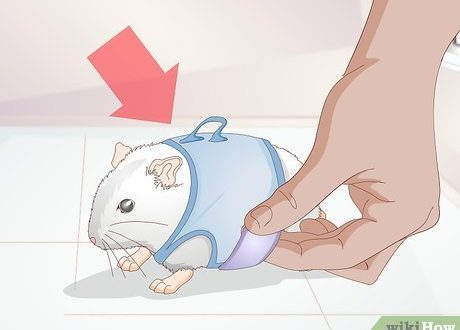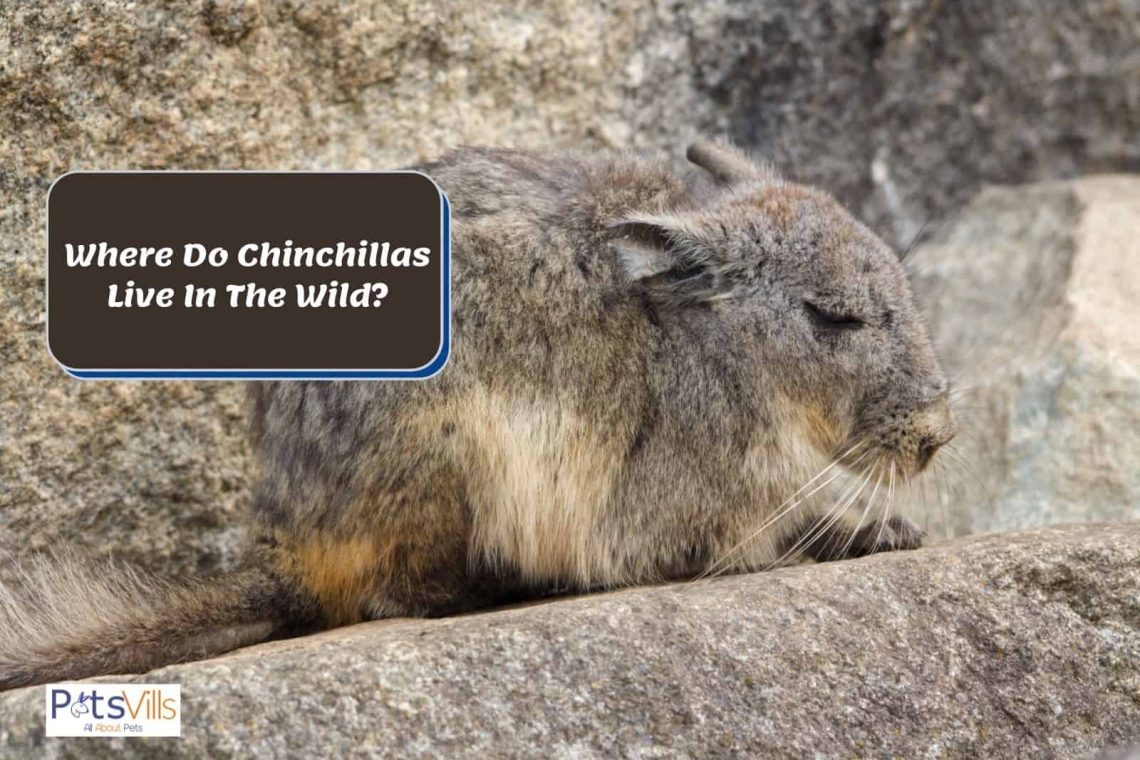
Where do chinchillas live in the wild: photos of the animal, description of the habitat and lifestyle
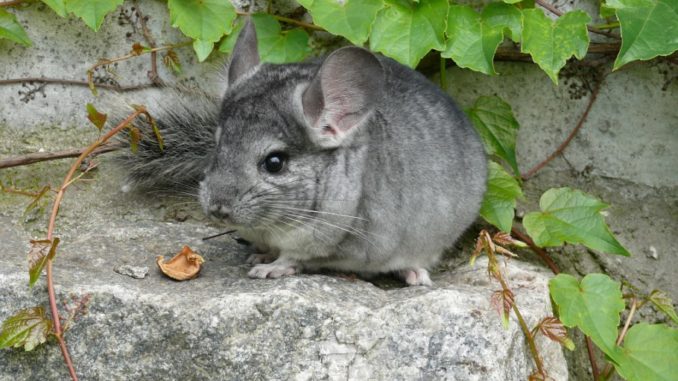
There are two types of chinchilla in the wild: coastal and short-tailed. A decorative animal, a relative of the long-tailed breed that migrated to apartments. The short-tailed differs in the structure of the body and muzzle. It is larger than its coastal relative. Due to the fact that the quality of the fur of the short-tailed chinchilla is lower, the population of the species has been better preserved.
Contents
Chinchilla habitat
The homeland of the chinchilla is the Andean Cordillera, the mountain system of South America. It borders the mainland from the west and north. The animals prefer to settle in the southern part of the mountain range called the Chilean-Argentine Andes. The rodent can be found at an altitude of 1000 m above sea level in the dry, rocky regions of northern Chile, near Lake Titicaca.
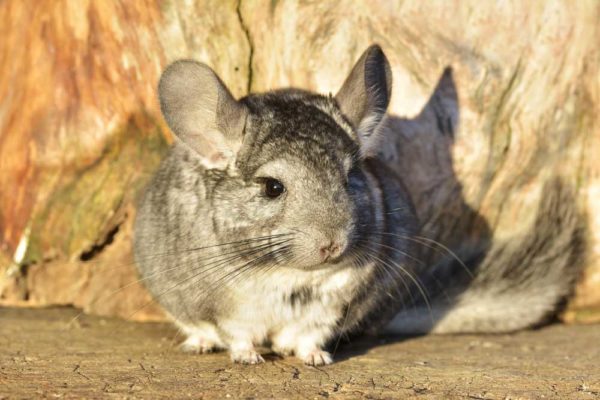
in 1971, at the Research Institute of Hunting and Fur Breeding, an attempt was made to spread the chinchilla on the territory of the USSR. After numerous studies and checks, it was decided to release a small group of rodents in the rocks of the western Pamirs at an altitude of 1700 m above sea level. Observations showed that all individuals left the landing site and preferred to move higher.
A larger group was already landed in the eastern Pamirs, much higher. A check a year later found traces of settlers’ habitation on the ground. Eyewitness stories are known that even today a rodent can be found there, but the information has not been officially confirmed. The long-tailed chinchilla is listed in the Red Book, and according to documentary sources, they are found only in northern Chile.
Living conditions in the natural environment
The rocks where chinchillas live in the wild are covered with sparse vegetation. Desert types of flora predominate, dwarf shrubs, succulents, grasses and lichens are found. Herbivorous rodents have enough of such a diet for a full life.
Chinchillas prefer plant foods, but they do not like dense herbage. During an emergency escape, the famous fur clings to the stiff stems.
The climate in the mountains where the chinchilla lives is subtropical. The temperature, even in summer, does not exceed 20 degrees. In the cold season, the temperature usually does not fall below 7-8 degrees. Precipitation is rare and scarce. Rodents are perfectly adapted to the harsh environment: they have enough liquid obtained from food and morning dew.
Life
There is not much information about the life of chinchillas in their natural habitat. Rodents are distinguished by caution, high speed of movement and excellent skills in finding shelters.
Wild individuals are grouped in colonies from five pairs in number. The composition of a friendly flock can reach a hundred individuals. Females are more aggressive and larger than males, therefore they occupy a dominant position.
Even in numerous colonies, chinchillas prefer to unite in monogamous pairs.
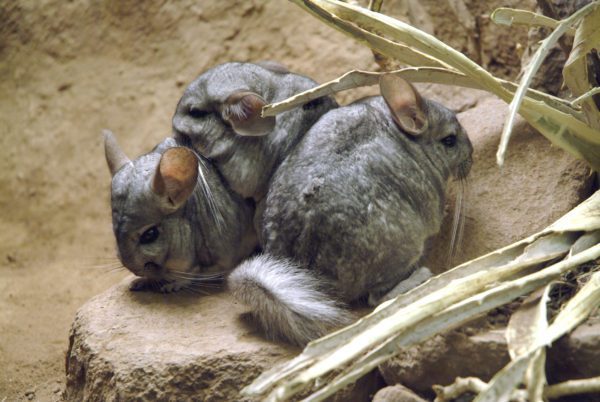
The crevices of rocks, voids among piles of stones serve as a refuge for a rodent. In the absence of suitable housing, it is able to dig a hole on its own. Due to the unique structure of the skeleton, the animal has enough narrow space in order to settle down for the night, or hide from a predator.
During the day, rodents sleep, activity is shown at night. In the colony, sentinels are released during activity. They inspect the surroundings, and in case of danger give a signal to the flock.
Animals do not make their own reserves for an unfavorable season. If necessary, they use the bins of chinchilla rats. Since the amount of daily food intake in rodents does not exceed a tablespoon, both species have enough accumulated resources.
Natural enemies
Among those who eat chinchillas in nature, the fox is singled out as the main enemy of the species. It is difficult for a rodent to oppose anything to a predator, since it is much larger. It is rare for a fox to get a chinchilla out of a narrow hole, so you have to lie in wait for prey at the exit from the shelter. The natural defense of these rodents is their color and speed.
Natural enemies of chinchillas:
- foxes;
- tayr;
- owls;
- string;
- owls;
- snakes.
Taira in habits and physique resembles a weasel. It is not difficult for her to enter the shelter of chinchillas. Birds of prey lie in wait for gaping individuals in open spaces at dusk and dawn.
The most painful blow to the chinchilla population was dealt by humans. Animals were massively exterminated for the sake of valuable and thick fur. Despite the official ban in force since 2008, rodents are being caught by poachers. Environmental disturbances also have an impact.
Including:
- soil poisoning with chemicals;
- devastation of territories by overgrazing;
- emission of greenhouse gases into the atmosphere.
According to the data, the number of chinchillas has decreased by 15% over 90 years. In 2018, the number of registered colonies does not exceed 42. Experts believe that this is not enough to ensure a significant increase in the population in the future. In the Red Book, the species is listed as endangered.
Video: how chinchillas live in the wild
Where does the chinchilla live and how does it live in the wild?
2.9 (58.18%) 33 votes



